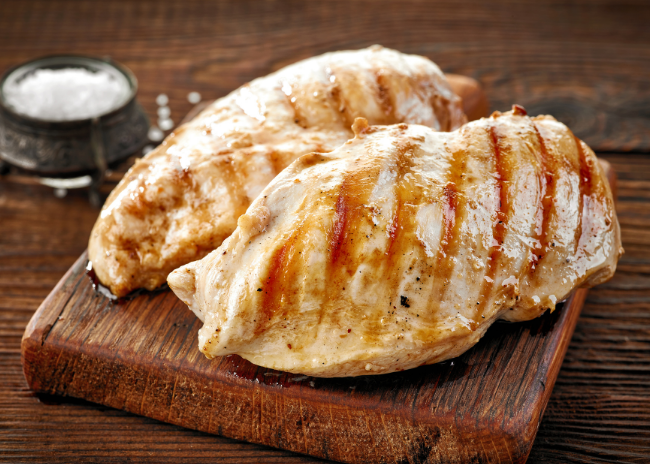Braising pans, also called tilting skillets, are one of the most versatile pieces of equipment on the cook line and, as such, are very utilitarian. Although commonly lumped into the steamer category, these units do not cook with steam.
Braising pans are one of the most versatile pieces of commercial kitchen equipment available as these units provide precise heating capabilities for various production-related tasks. Braising pans reduce preparation time, save energy and increase batch consistency.
This equipment can replace range tops in many applications and also function as a griddle, kettle, oven, fryer, steamer, braiser or warming unit to handle almost any task. This includes braising or roasting meats; preparing soup stock; cooking stew; cooking breakfast items like eggs, sausage, bacon and pancakes; and sauteing fish. When used in conjunction with a steam pan insert, these units can steam vegetables, seafood and other items. Due to the depth of these units, which varies from 8 inches to 10 inches, operators often use braising pans for the same tasks as steam-jacketed kettles or stock pots. These pans can also serve as both a warmer to thaw frozen items and a chilling station in conjunction with ice to cool steamed product.
Because these units cook faster than a griddle, braising pans are most commonly utilized in high-volume, institutional operations, such as hospitals, schools and prisons. A single 30-gallon pan can produce between 251 and 350 meals per hour. Still, a variety of other foodservice operators, including smaller chains, also use this equipment.
Braiser benefits include reduced preparation time, energy savings and improved batch consistency. Thermostat-controlled models provide temperatures of between 100 and 450 degrees F.
Operators can choose from several types of braising pans, but all do the same thing. Some are bolted to the ground, while others are transportable on casters.
Originally, these units were only available in 30- and 40-gallon sizes. Today, countertop braising pans are also available in 12- and 16-gallon sizes. The 12-gallon size only offers electric power, but operators can choose between electric or gas-powered units for the 16-, 30- and 40-gallon capacities. For operations with limited ventilation hood space, there also are 15-gallon floor models.
Tabletop models are typically only available with manual tilting, while floor units provide either electric or crank tilting mechanisms. Most power tilt models now offer a manual override feature. Pans are designed to tilt either from the front or center, which provides different pour paths for dispensing.
Braising pans typically feature stainless-steel construction, although cabinet components may be made of other materials. Various finishes provide different performances. For example, a bead blast finish has a rougher, dimpled surface to help prevent food from sticking to the surface, while a hand-ground finish is smoother and easier to clean. Most braising pans are square or rectangular, but round units are available as well.
Gas units can utilize propane or natural gas, while electric braising pans have either 280 or 480 volts. Braising pans have various heat delivery options, yet the orifices on gas units and heating elements on electric models cover the entire underside of the pan, providing an even heat source without cold spots.
Standard features include a spring-assisted lid, gallon markings, a tilting mechanism, a strainer for the pour spout at the center of the kettle, and either analog or digital controls. Accessories or add-ons include faucets, drawoffs, steam insert pans and pan carriers. Casters and motorized pan lifts may be available with some models.
Braising pans may offer programmability for specific recipes, technologically advanced controls for greater precision, tighter bandwidth for more efficient heating and temperature-holding capabilities. Self-greasing sealed braising pans cut down on maintenance.




